Our Rum Range
-
A.H. Riise Non Plus Ultra
Regular price CHF 85.50Regular priceUnit price per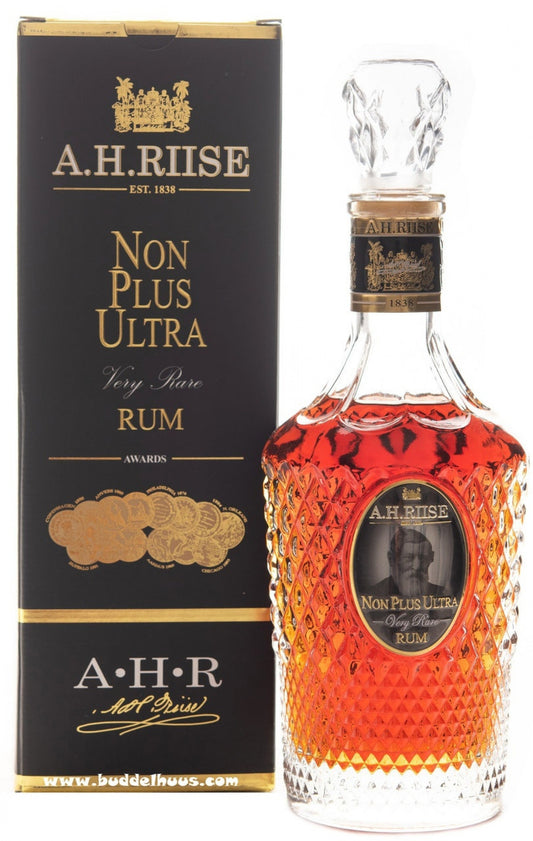
-
A.H. Riise Non Plus Ultra Ambre D`Or Excellence
Regular price CHF 85.50Regular priceUnit price per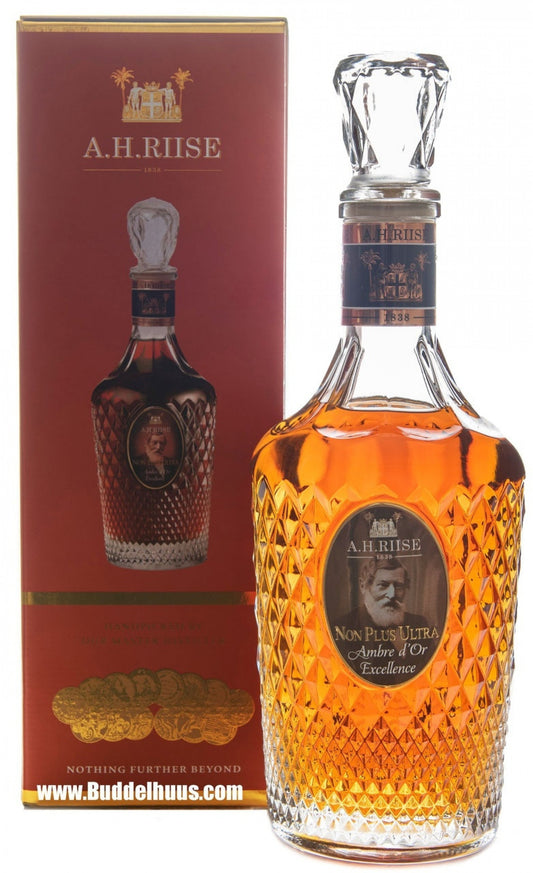
-
A.H. Riise Signature Master Blender Collection
Regular price CHF 143.10Regular priceUnit price per
-
AH Riise Adventskalender
Regular price CHF 58.50Regular priceUnit price per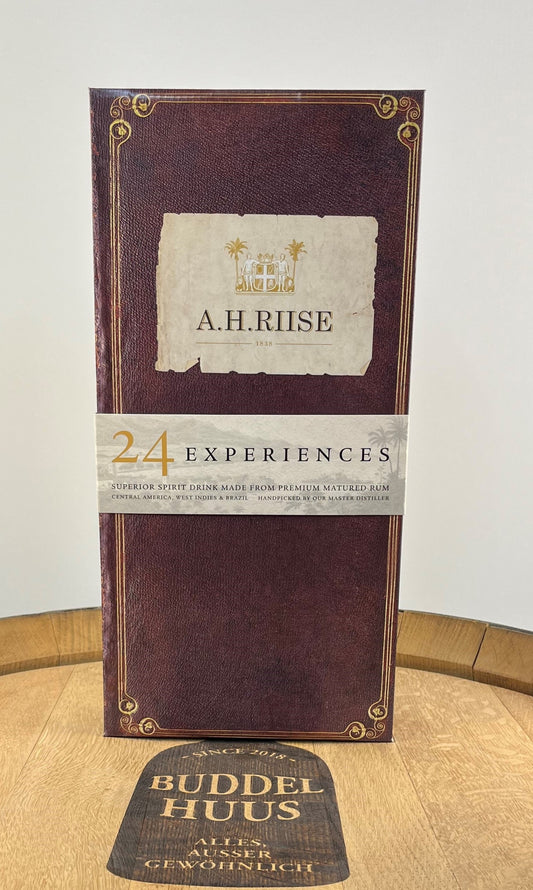
-
Rum 1823
Regular price CHF 60.30Regular priceUnit price per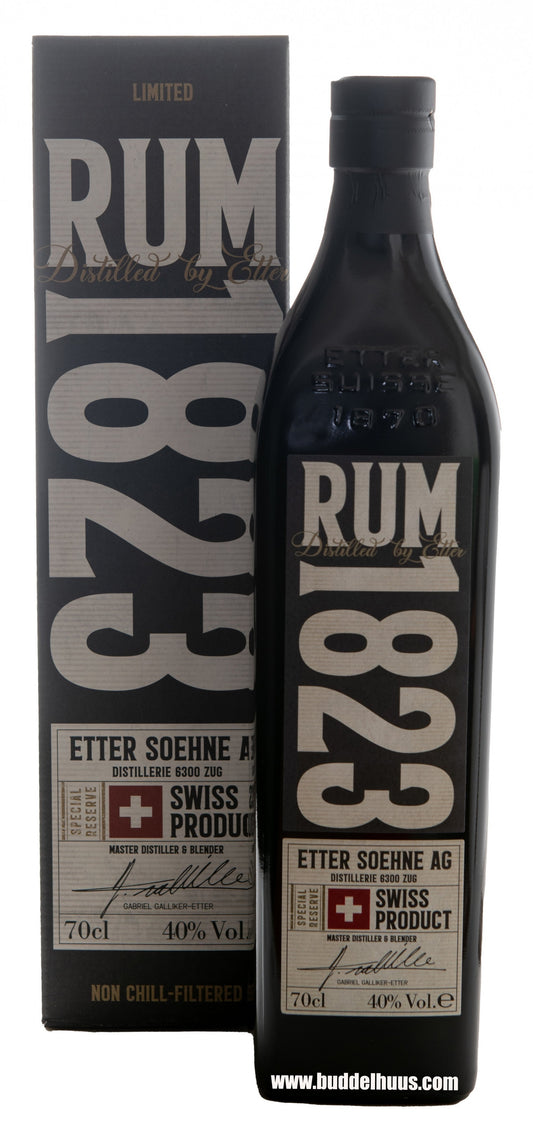
-
Foursquare 11 yo Vintage 2004
Regular price CHF 449.10Regular priceUnit price per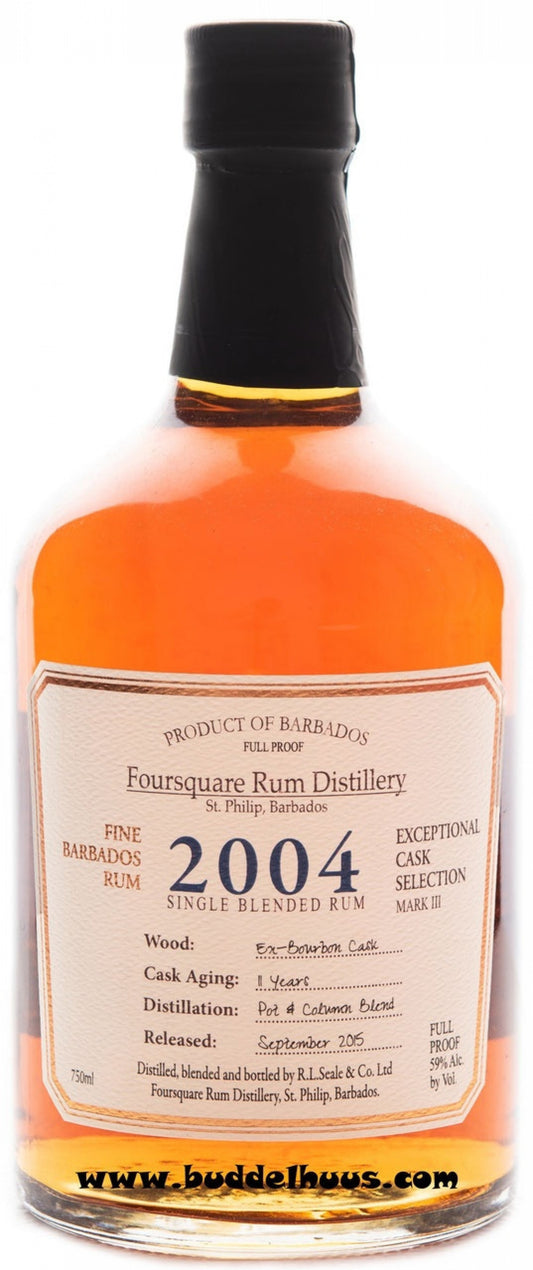
-
Spirits of Old Man Rum Project Four - Vanilla Cane
Regular price CHF 45.00Regular priceUnit price per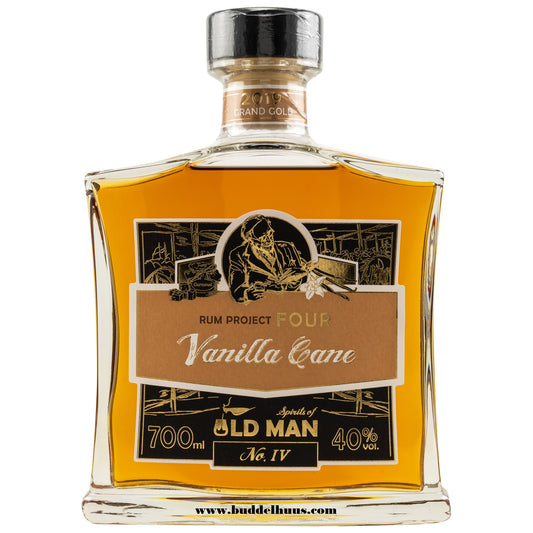
-
Spirits of Old Man Rum Project Two - Spiced Orange
Regular price CHF 45.00Regular priceUnit price per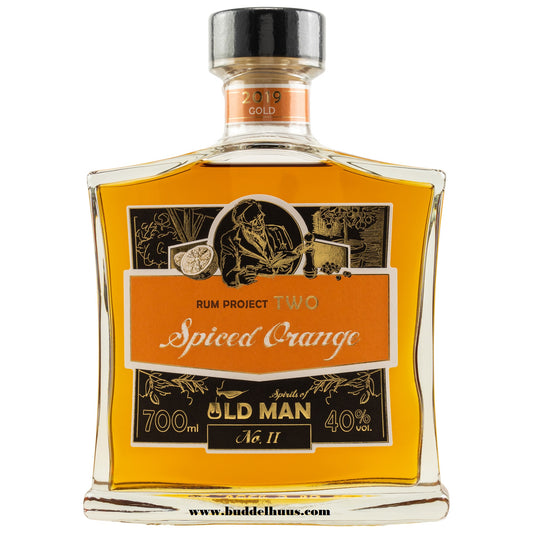
-
Cruzan Aged Light
Regular price CHF 31.50Regular priceUnit price per
-
Foursquare 12 yo Vintage 2010
Regular price CHF 116.10Regular priceUnit price per
-
Ron Zacapa Solera 23 El Alma Heavenly Cask
Regular price CHF 76.50Regular priceUnit price per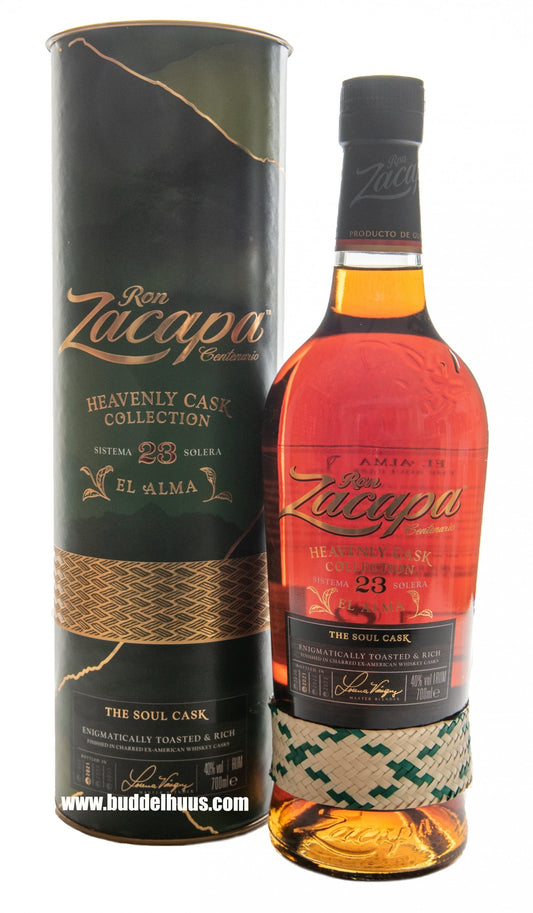
-
Matusalem 10 yo Clasico
Regular price CHF 22.50Regular priceUnit price per
-
Foursquare 14 yo Redoutable
Regular price CHF 359.10Regular priceUnit price per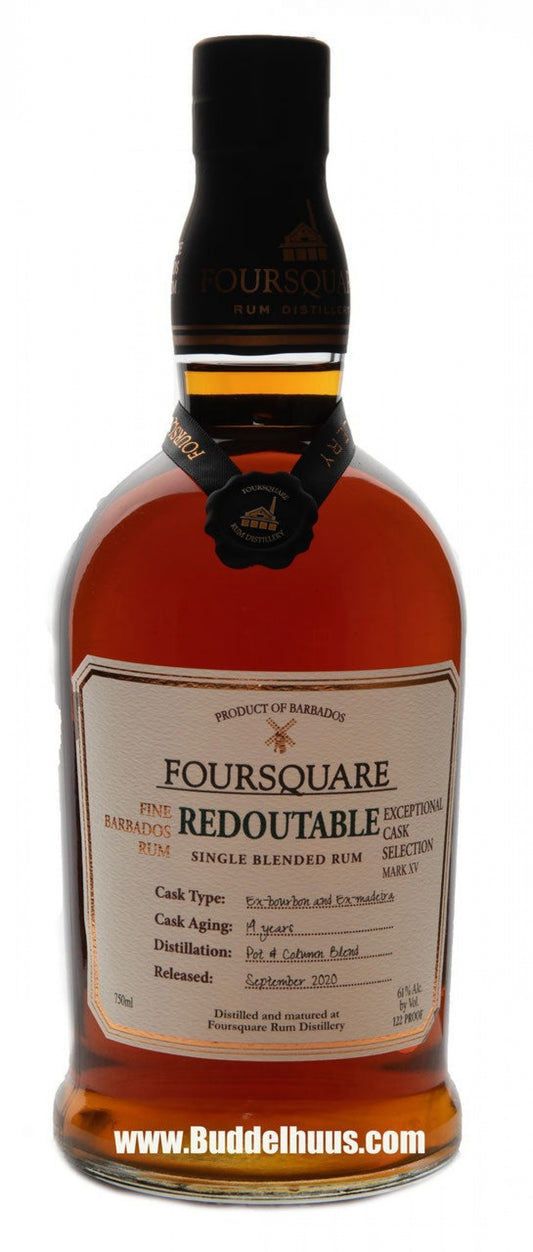
-
A.H. Riise 1888 Copenhagen Gold Medal Rum
Regular price CHF 44.10Regular priceUnit price per
-
Foursquare 18 yo Covenant
Regular price CHF 179.10Regular priceUnit price per
-
Ron Zacapa Gran Reserva Edicion Negra
Regular price CHF 80.10Regular priceUnit price per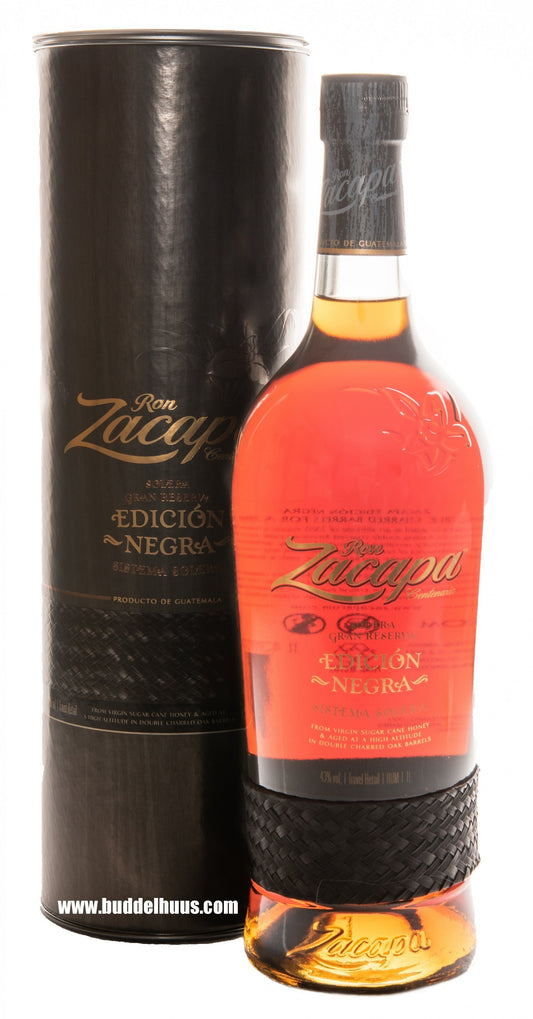
History and Facts
An old sailor's wisdom goes: "Better to drink rum than to sit around." Rum, bacon, and eggs – that's all a sailor needs, as articulated by Robert Louis Stevenson in the opening chapter of his well-known novel "Treasure Island." This illustrious drink was served in daily rations on British warships for 320 years, from 1650 to 1970. Initially pure, later diluted with water, additional sugar, and lemon juice for the sake of onboard discipline, the daily mug of rum was an official provision for English sailors.
A bit of Rum history
In the 17th century, Europeans developed a sweet tooth, leading to an increased demand for sugar. To meet this demand, sugar cane plantations flourished in the Caribbean colonies. Distillation of alcohol soon became a byproduct on these plantations. Given the climatic conditions in the Caribbean, drinking water, beer, and wine were not particularly durable and were also challenging to obtain. Therefore, plantation owners advocated replacing the spirits included in ship provisions with plantation-distilled rum.
It was a win-win situation: keeping the ship's crew in high spirits while generating additional income for plantation owners. Moreover, the naval presence helped keep pirates at bay, who would have gladly taken a slice of the rum cake.
On the so-called Black Tot Day, July 31, 1970, the long tradition of rum rations for the Royal Navy came to an end. Influenced by the temperance movement and the press, which pointed out that sailors were being served alcohol quantities that rendered them unfit to operate a vehicle, the authorities succumbed. On that memorable day, elaborate mourning ceremonies were held on British military ships worldwide. Along with black mourning drapes, "barrel overboard," salutes, and mournful tunes played by bagpipers, a Black Tot Day postage stamp was even circulated.
A foray into etymology
The term "Rum" is likely derived from the English vernacular expressions 'rumbullion' or 'rumbustion.'.
The term Rum is said to have originated around 1650 among English settlers in Barbados. Both 'rumbullion' and 'rumbustion' are fitting words to describe the effects of rum consumption. Translated into German, 'rumbullion' means turmoil or tumult, and 'rumbustion' means revelry and noise.
If someone feels 'groggy,' they may have had too much grog (a hot drink made from rum, sugar, and water). In the language of boxing, the term means being "dazed" or "staggering." Informally, someone describes themselves as 'groggy' when they are in an exhausted state. It could be cheekily noted here that it is probably better to enjoy rum unadulterated, without hot water, as Billy Bones, the protagonist in the novel "Treasure Island," says: "... I stayed alive... and it was the rum... and if I'm not to have my rum, then I'm a poor old wreck on a lee shore..."
About the production
It takes ten to twelve months for the sugar cane plant to reach a height of four meters and reach full maturity. Only the stems are used for the production of sugar. Molasses, a byproduct of industrial sugar production, is a brown, thick, sweet-tasting mass that forms the basis for 95% of the world's rum production. The mash, a mixture of molasses, chopped sugar cane, sugar cane juice, and water, is fermented for further processing. Occasionally, molasses is omitted, and the distillation is done exclusively with sugar cane juice. This high-quality sugar cane juice rum has a small market share and is a specialty of French distilleries.
The fermentation process takes a few hours to several weeks, depending on the distillery, resulting in a sugar wine with a 4-5% alcohol content. This sugar wine is then distilled using two common methods, one for heavy rum types and one for lighter variants. Once distilled, the alcohol content is 65 to 75%.
For the production of white rum, the distillate is diluted with distilled water. Next comes the aging process, which influences the quality, taste, and color of the rum. Used wooden barrels are often used for aging to give the rum specific flavor notes and a beautiful golden to brown color. In contrast, white rum ages in stainless steel barrels to prevent browning. After aging in the stainless steel tank, the white rum is additionally filtered with carbon to remove any remaining color. Brown rum is more flavor-intensive than the white version and is characterized by a rounded, sweet aroma.
Most rum varieties are reduced to an alcohol content of 40, 50, or 55% using distilled water and are sometimes sweetened before bottling. Some rum varieties are flavored with natural aromas. It is a common practice to add coconut pieces to the barrels, mix in herbs, or create liqueurs by adding fruit juice or honey. In the so-called blending, manufacturers mix rums of different ages to highlight certain flavors or create a special rum.
In the jungle of terminology
According to the definition, a drink can be called rum if it is made from sugar cane molasses or sugar cane juice and contains at least 37.5% alcohol by volume.
Within this definition, there are different categories. The expert refers to it as Original Rum if it is an imported, unaltered rum with up to 74% alcohol. Genuine Rum is an Original Rum that has been reduced to a drinking strength of at least 37.5%.
Cocktail enthusiasts often opt for the so-called Overproof Rum, which has an alcohol content of at least 57.15%. Blended Rum consists of a mixture of several Original Rum varieties.
A specialty is Rhum Agricole, which comes from former French colonies. It is made from fresh sugar cane juice and is an absolute niche product with a market share of 3%. In Germany, Rum-Verschnitt must consist of 5% rum, with the remaining 95% allowed to be neutral alcohol and other ingredients.
This category also includes the so-called art or domestic rum, which is made from rum alcohol and flavor. In Germany, domestic rum is known as Stroh Rum with 60% and 80% alcohol.
Flavoured Rum is flavored using a special extraction process and is sold at less than 37.5% alcohol content as a 'spirit' or 'liqueur on a rum basis.'
















